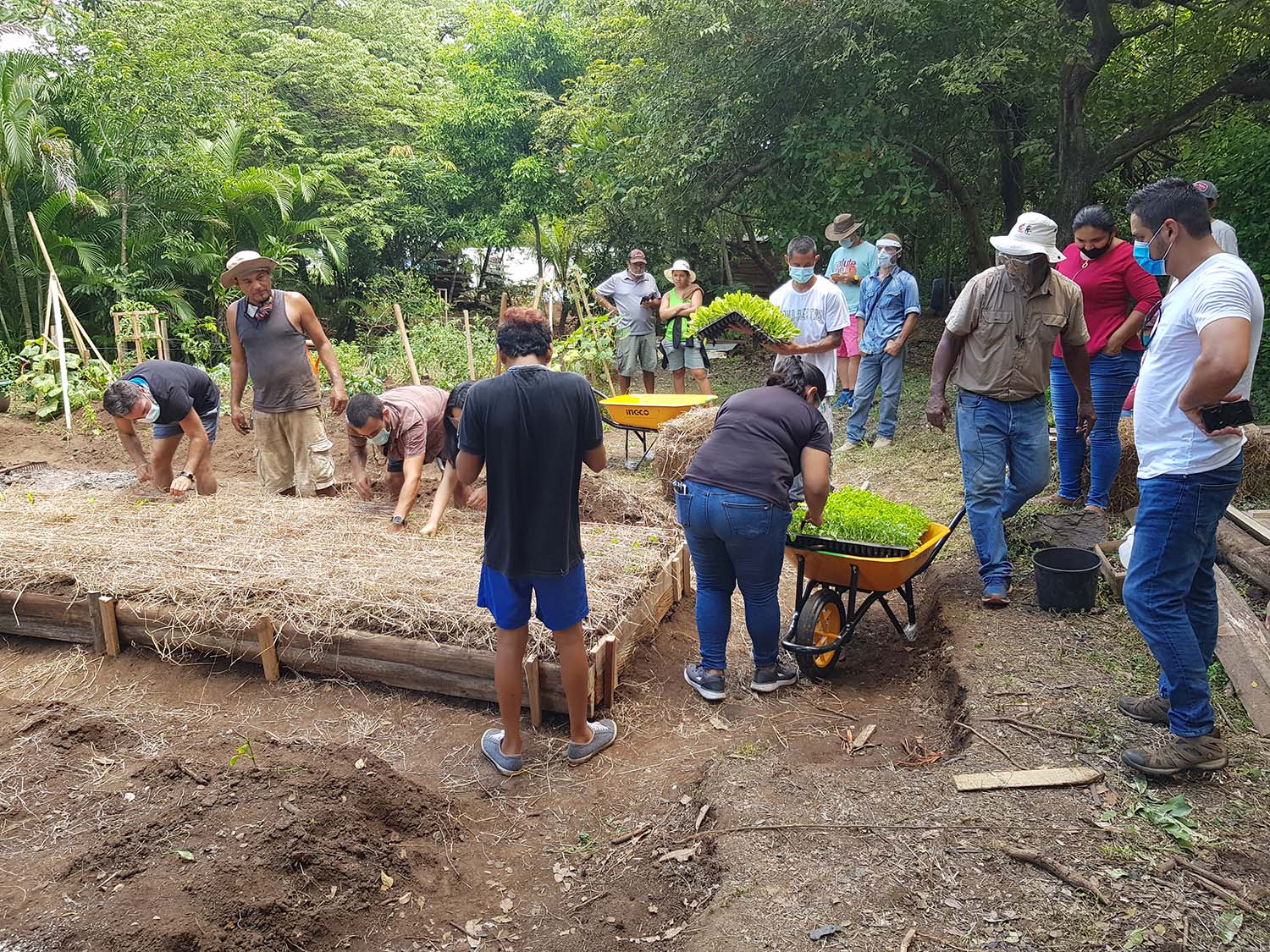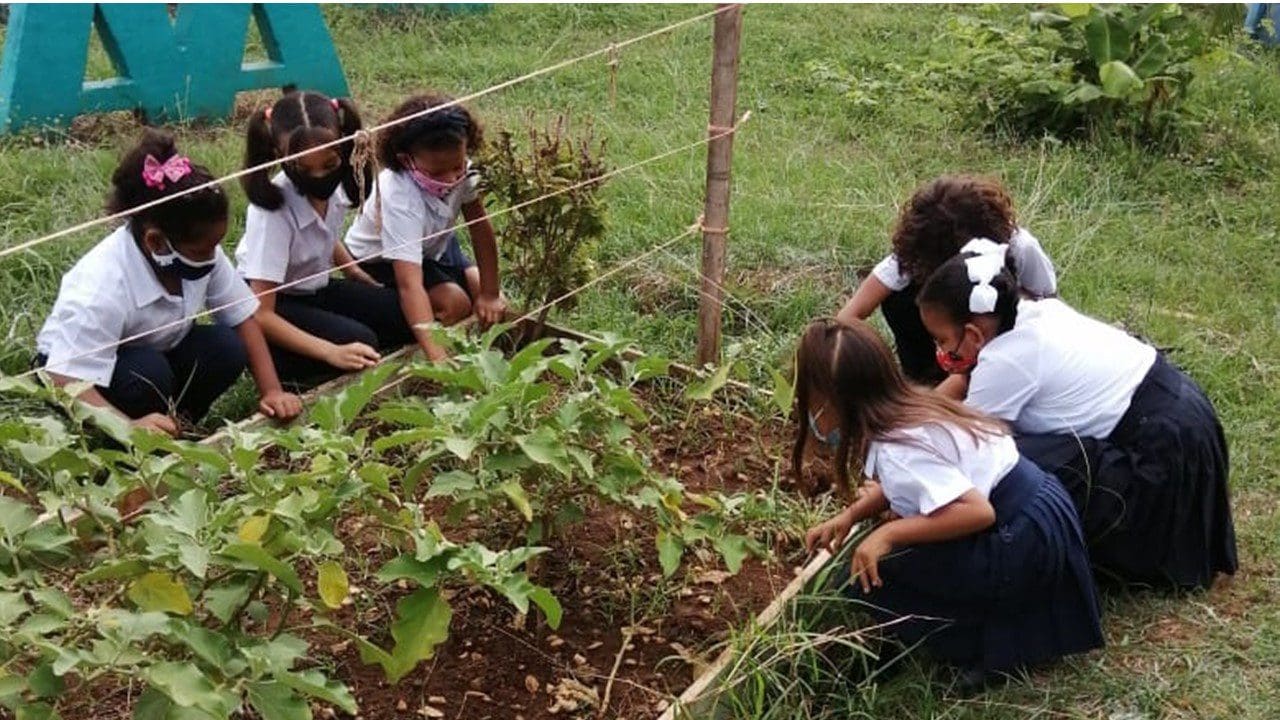
Regenerate Costa Rica
Many people are familiar with the term sustainable. But sustainable is just that — it sustains.
The new movement is regenerative: to grow or be renewed or restored, especially after being damaged or lost.
At the forefront of this movement for more than two decades has been Costa Rica’s Dr. Eduard Müller. From his early days as a veterinarian to developing his passion for growth and regrowth, he has had an exciting life. As a doctor, educator and philosopher, he has consistently implemented the practices he espouses, including as Rector of Costa Rica’s renowned University for International Cooperation.
I recently spent an hour interviewing Dr. Müller, and was fascinated hearing about his past and how he is taking charge and changing things for the world.
Global quest for solution
From 2000 to 2010, he was very much involved at the global level. His travel time in 2010 added up to 302 days, in 49 countries, working with the UN going from Nairobi to Nagoya for the negotiations.
And, Müller told me, “It just hit me that sustainability was not the solution.”
He persisted till 2015, starting the conceptual framework and group for regeneration.
“From 2009, we were using the term regeneration,” he explained. “The full transition was in 2015 and 2016. We wrote the strategic plan for the university, focusing on regeneration. And in 2018, we launched Regenerate Costa Rica.”
Did you coin the term regenerate? I asked. In parallel with others? A lot of people are still discussing definitions.
Müller replied, “We have a new, different perspective on regeneration. And I think we are the most advanced application of regeneration right now with our program, Regenerate Costa Rica.
Quoting the American philosopher Buckminster Fuller, he added, “If you want to change the system, don’t fight it. Build a new one and make the old and obsolete. So that’s what we’re doing.”
Tempate success story
Having embarked on a regenerative agriculture project in Tempate, a small Guanacaste town that had been devastated by the effects of the pandemic, Müller saw successful results early on.
“While implementing the project we first had to address the wellness of the people in the community. We set up a hotline for people in need of psychological assistance early in the pandemic. In March 2021, I heard these two ladies saying that in two months, no one has called the center.”
Müller attributes this outcome to the life-changing sense of purpose the locals in this area have been feeling. He sees regenerative farming as the answer for many small communities that need to create a new economy and survive after the pandemic’s economic devastation.
“Looking at the land in Tempate — it was just basic dry land,” he said. “But it was land that had never grown anything that would have contaminated it. It was abandoned land with very brittle soil. And very low fertility.”
Having been told it was impossible to produce food in Guanacaste, Müller set out to show them differently. Ultimately, it proved possible to produce 10 tons of quality organic fruits, vegetables and herbs per month on one hectare of land.
“How about that for being told you can’t!” he exclaimed. “Give a person a fishing rod and teach them how to fish. But it’s more complex; it’s getting them organized.”
Setting out to prepare the land, Müller continued, was done mostly by hand with only limited use of a rototiller. The gardening beds were all built up by hand, with no use of fertilizers or pesticides. Shortly after starting, 177 different species of insects had already returned to the land.
Beyond the obvious benefit of producing abundant food, he stressed that the food is healthy, without the risk of causing allergies or diseases in kids. “Today many children around the world have autism and many other health issues that are all linked to chemicals. Who’s fucking crazy enough to put poison on what you can eat? Only scientists.”
Describing the impetus behind further successes in the making, Müller said, “Tempate is now a happy thriving community with people that have a real purpose and are making a difference for themselves and their neighbors. They have now organized and are selling their fresh produce to hotels in Las Catalinas. We are in the process of setting up a Guanacaste co-op for these farmers and to stimulate regenerative tourism.”
The area’s hotels can buy produce locally from a co-op with assurance, he explained. If they need 400 eggs and the farmer only has 300 today, they can still get the other 100 through the network.
Regenerative tourism
“And so we expect to transform even the tourism into regenerative tourism, which is a living learning experience for the tourists and a true inclusion of local communities.”
Like many small communities, Müller recalled, Template was made up of gardeners and maids working in the hospitality industry. When lockdown came and hotels laid everybody off, these people didn’t have money or enough to eat.
“Now they have food security and inclusion. At harvest they use everything, even picking up the flowers from the basil and drying them, selling to the bars for craft cocktails. There is so much to add value and give them more opportunities.”
Encouraged by the regenerative potential demonstrated in Tempate, Müller noted, “Our loss of biodiversity is critical at the global level. We can bring biodiversity back very quickly as we found in Tempate.”
Reflecting on that bigger picture of regenerative initiatives in Costa Rica, Müller commented, “I would say all our programs have been pioneered programs with global interest.”
Dr. Eduard Müller may be just one man, and yet his movement is taking hold with the force of millions. The ripple in the wave turns into a tsunami of enlightenment and engagement.
The Osa Peninsula area is my favorite part of Costa Rica, so I happily accepted an invitation in December 2020 to visit Puerto Jimenez with a group of friends.
My trip highlights, shared with insider tips, are meant to encourage Howler readers to plan your own getaway to paradise. I’m already looking forward to my next Osa adventure.
Our first full day in the peninsula began with a boat trip on the Pacific Ocean to see aquatic wildlife and sea birds. The adventure did not disappoint. Before long, the boat was surrounded by hundreds of dolphins, which swam by the boat for a long duration. We also saw sea turtles, a manta ray and many birds.
That night, our group took a bioluminescent kayak tour. Immediately after setting out, we saw the gorgeous blue-green lights in the water where the plankton hit the paddle. Above us was a sky full of stars and below us, the entire sea lighting up from our paddles and hands in the water. It was pure magic … the magic of nature that is!
See this article in the magazine





